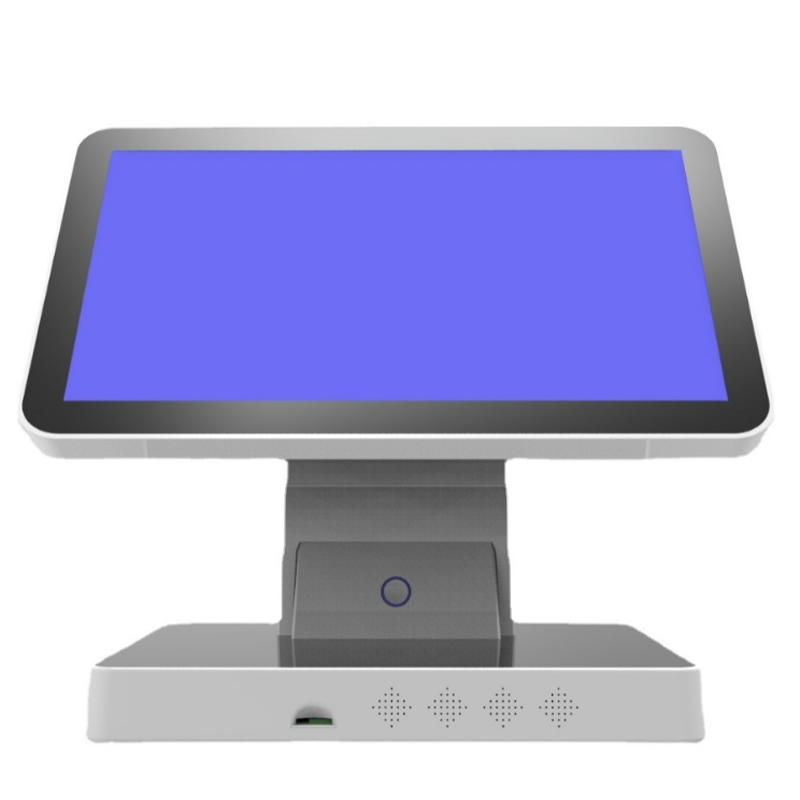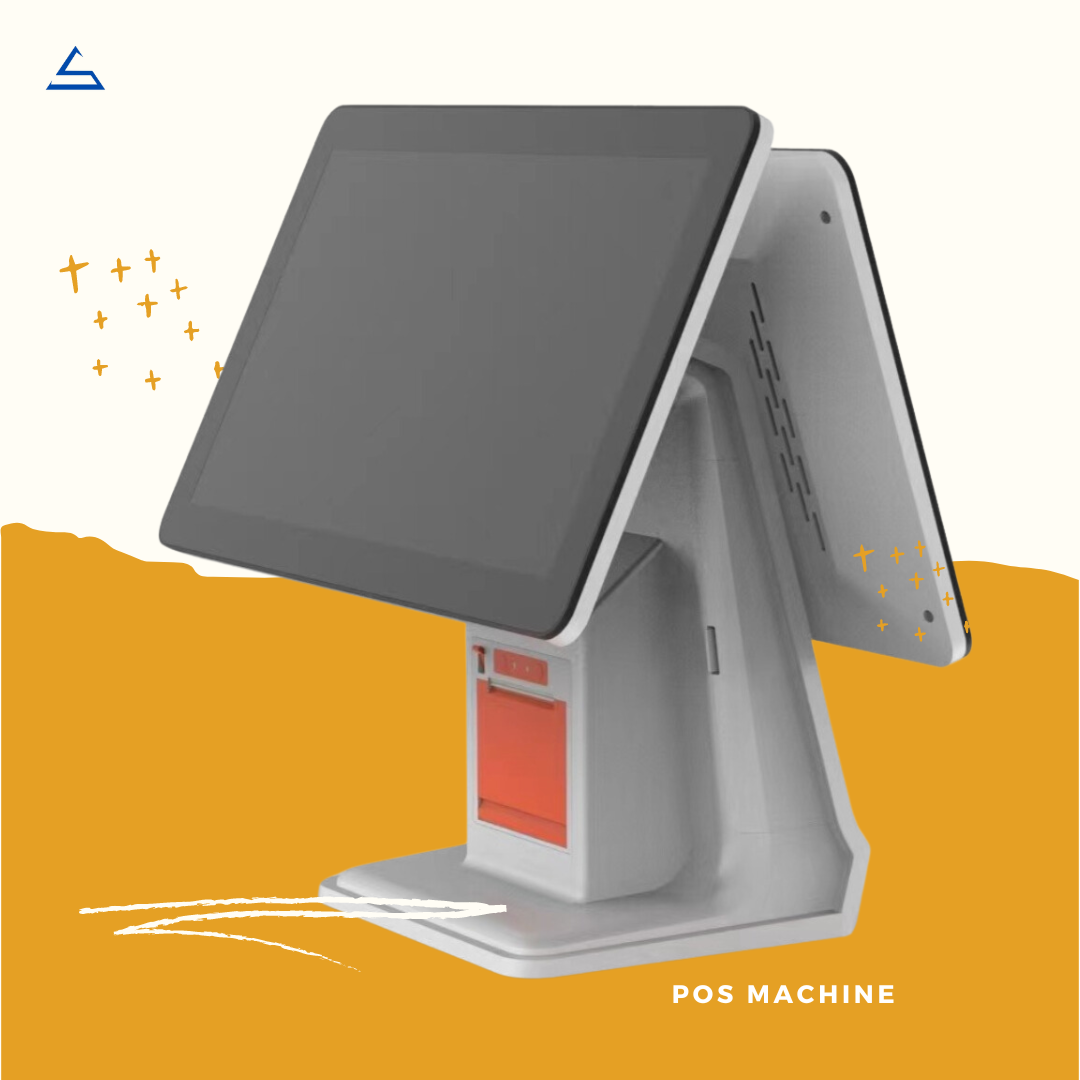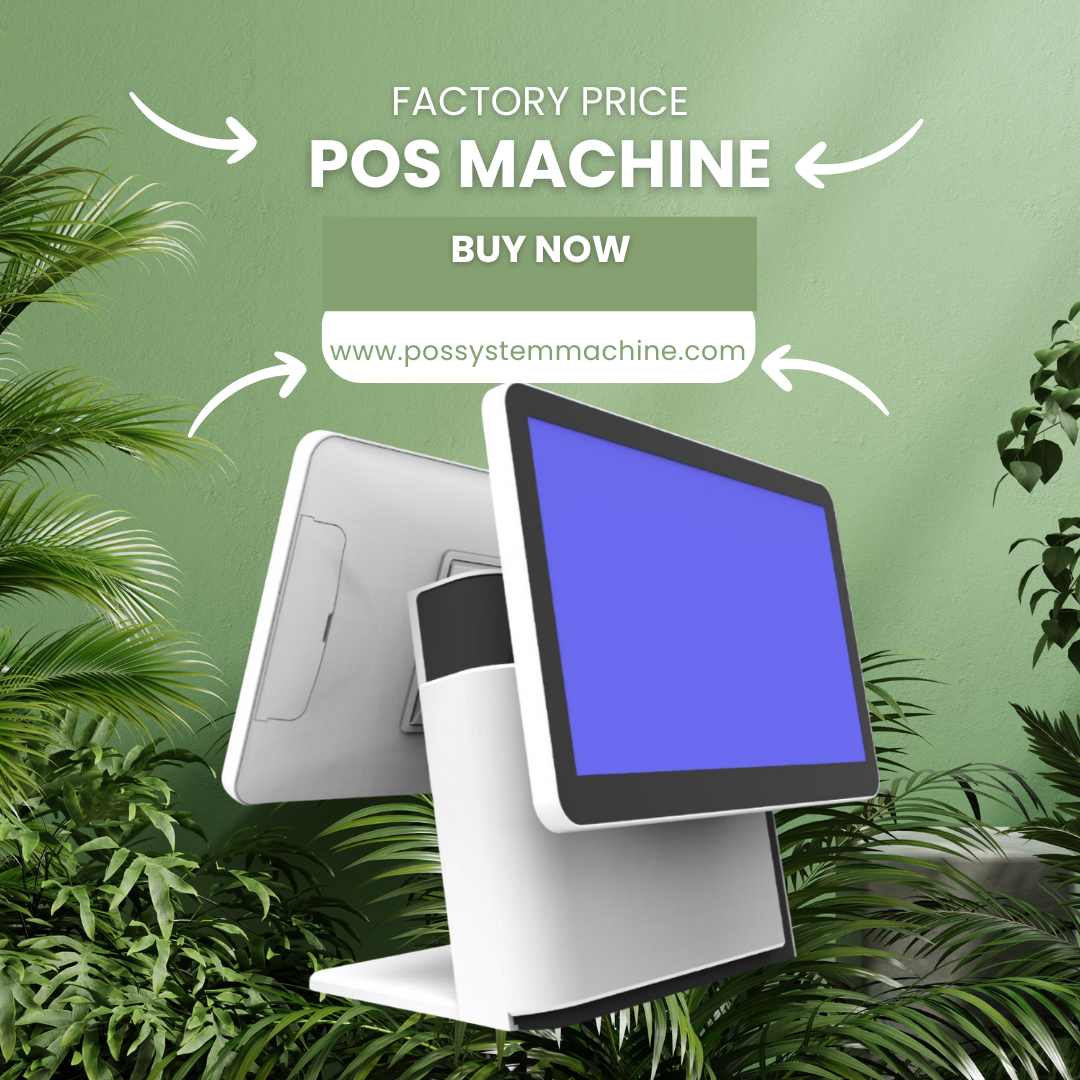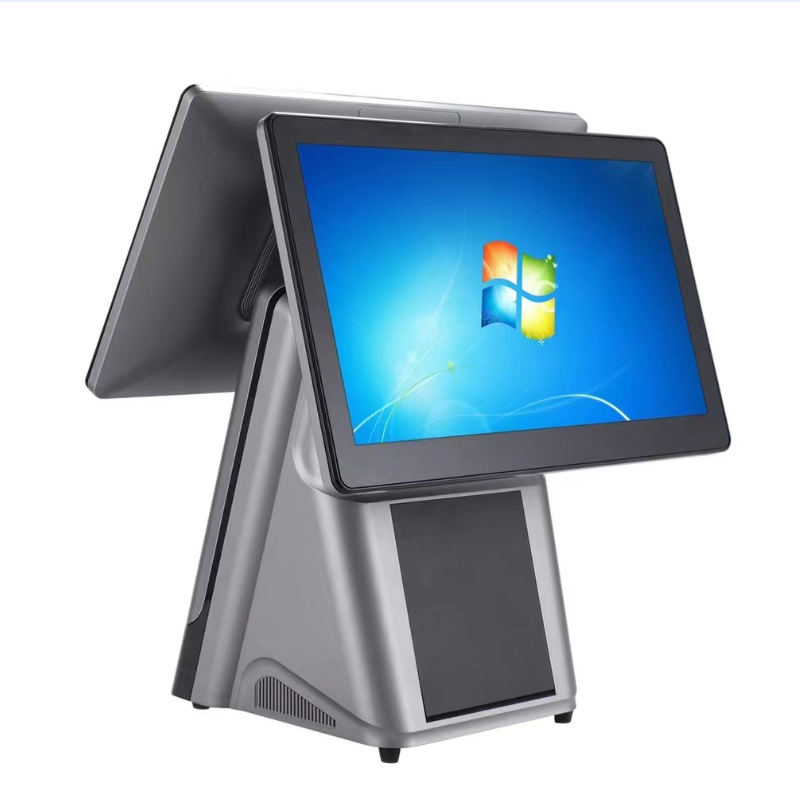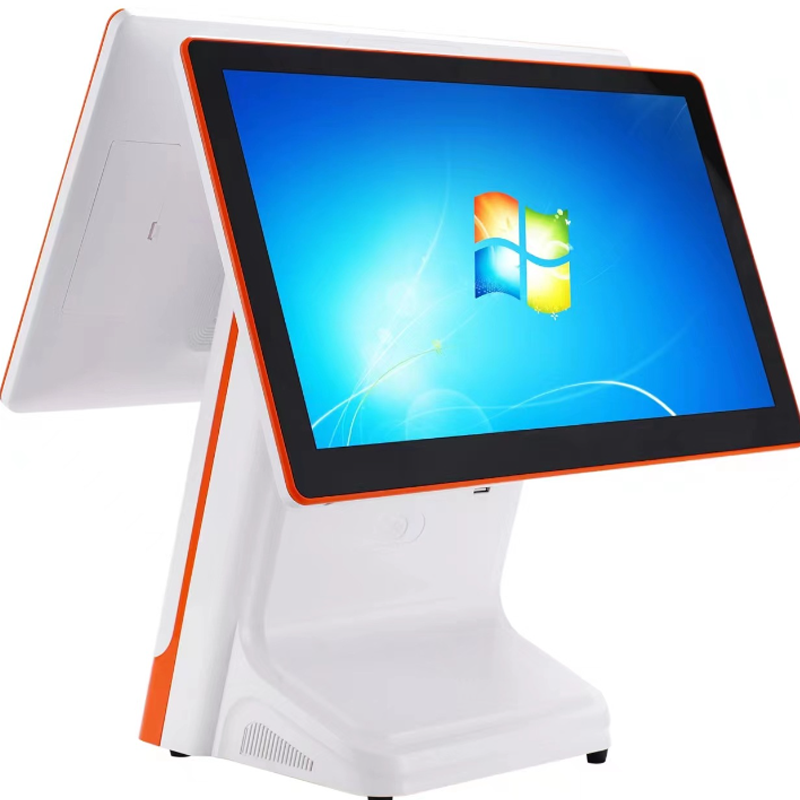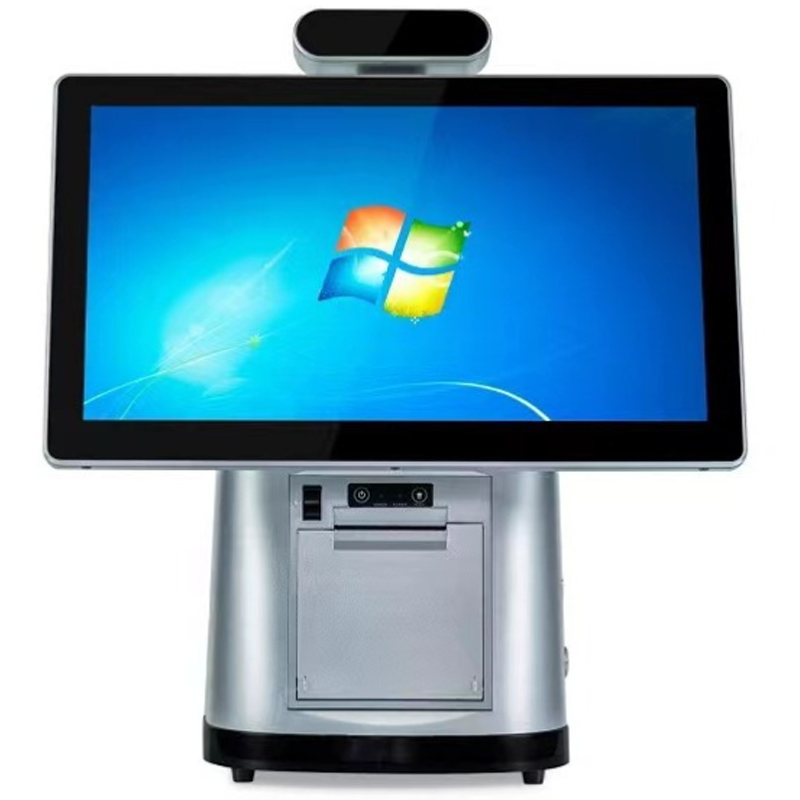how to work a cash register
Inhoudsopgave
Samenvatting
A cash register is more than just a fancy calculator or a place to store money. It’s the heartbeat of any retail operation, playing a crucial role in managing transactions, tracking inventory, and maintaining financial records. But why is it so important?First and foremost, a cash register provides accuracy and accountability. It helps prevent errors in calculations, reduces the risk of theft, and creates a clear record of all transactions. This is essential for both the business and the customer, ensuring that everyone is on the same page when it comes to purchases and payments.Moreover, modern cash registers, often part of larger point-of-sale (POS) systems, offer additional features that can streamline operations and improve customer service. These may include:
- Inventaris bijhouden
- Verkooprapportage
- Customer loyalty programs
- Integratie met e-commerce platforms
Understanding how to use a cash register effectively is a valuable skill that can make you a more efficient and confident employee. It’s not just about pressing buttons – it’s about mastering a tool that’s central to the success of any retail business.
Types of Cash Registers: From Traditional to Modern POS Systems
Cash registers have come a long way since their invention in the late 19th century. Today, there’s a wide range of options available, each with its own features and benefits. Let’s explore the main types:
- Traditional Mechanical Cash Registers
- These are the old-school, no-frills machines that operate without electricity.
- They’re simple to use but limited in functionality.
- Best suited for small businesses with basic needs.
- Electronic Cash Registers (ECRs)
- More advanced than mechanical registers, with digital displays and basic programming capabilities.
- Can handle a variety of payment methods and provide basic sales reports.
- Ideal for small to medium-sized businesses.
- Computerized Point of Sale (POS) Systems
- The most advanced option, offering a wide range of features beyond simple transaction processing.
- Can integrate with other business systems for inventory management, customer relationship management, and more.
- Suitable for businesses of all sizes, especially those with complex needs.
- Mobiel POS Systemen
- Use tablets or smartphones as the main interface.
- Offer flexibility for businesses that need to process transactions on the go.
- Popular in restaurants, food trucks, and pop-up retail locations.
- Zelfbedieningskiosken
- Allow customers to complete transactions without staff assistance.
- Common in fast-food restaurants, movie theaters, and some retail environments.
When choosing a cash register or POS system, consider factors such as:
- The size and type of your business
- Uw budget
- The volume of transactions you process
- The need for additional features like inventory management or customer loyalty programs
Remember, the right system can make a big difference in your day-to-day operations and overall business success.
How to Set Up a Cash Register for Your Shift
Starting your shift with a properly set up cash register is crucial for smooth operations throughout your workday. Here’s a step-by-step guide to get you started:
- Log in to the system
- Enter your unique employee ID or password to access the register.
- Count the starting cash
- Verify the amount of cash in the drawer matches the starting balance.
- Report any discrepancies to your manager immediately.
- Check supplies
- Ensure you have enough receipt paper, bags, and any other necessary supplies.
- Review any special promotions or discounts
- Familiarize yourself with any ongoing sales or special offers.
- Test the equipment
- Make sure the scanner, card reader, and cash drawer are all functioning correctly.
- Clean the work area
- Wipe down the counter and organize your workspace for efficiency.
By following these steps, you’ll be well-prepared to handle transactions efficiently and provide excellent customer service throughout your shift.
The Basic Functions of a Cash Register: A Step-by-Step Guide
Now that your register is set up, let’s walk through the basic functions you’ll use most often:
- Entering items
- Scan barcodes or manually enter product codes.
- For items without codes, use the department keys or look up the item in the system.
- Modifying quantities
- Use the quantity key to change the number of items being purchased.
- Applying discounts
- Enter any applicable discounts or promotions.
- This may involve using specific discount keys or entering a percentage off.
- Totaling the sale
- Press the subtotal key to see the pre-tax amount.
- Press the total key to add tax and get the final amount due.
- Processing payment
- Select the appropriate payment method (cash, credit, debit, etc.).
- For cash payments, enter the amount received and let the register calculate the change.
- For card payments, follow the prompts on the card reader.
- Completing the transaction
- Print the receipt and offer it to the customer.
- For cash transactions, count out the change to the customer.
- Voiding a transaction
- If a mistake is made, use the void function to cancel the entire transaction.
- This usually requires manager approval.
Remember, practice makes perfect. Don’t be afraid to ask for help if you’re unsure about any of these steps.
https://possystemmachine.com/pos-machine/
How to Process Different Types of Transactions
While cash transactions might seem straightforward, modern retail environments often require handling various payment methods. Here’s how to process different types of transactions:
Cash Transactions
- Enter the items and total the sale.
- Ask for payment and count the cash received.
- Enter the amount received into the register.
- Give the customer their change, counting it out loud.
- Offer a receipt.
Credit/Debit Card Transactions
- Total the sale and select the credit/debit option.
- Ask the customer to insert, swipe, or tap their card.
- Follow the prompts on the card reader (PIN entry, signature, etc.).
- Wait for approval and print the receipt.
- Have the customer sign if required and offer them a copy.
Mobile Payments (Apple Pay, Google Pay, etc.)
- Total the sale and select the mobile payment option.
- Ask the customer to hold their device near the payment terminal.
- Wait for the confirmation beep or message.
- Offer a receipt.
Gift Cards
- Total the sale and select the gift card payment option.
- Swipe or scan the gift card.
- If the gift card doesn’t cover the full amount, process the remaining balance with another payment method.
Controles
- Total the sale and select the check payment option.
- Verify the check according to your store’s policy (ID check, etc.).
- Enter the check amount and any required information into the register.
- Place the check in the designated area of the cash drawer.
Remember, always follow your store’s specific procedures for each type of transaction. Some stores may have additional steps or requirements, especially for less common payment methods.
What Should You Do When You Make a Mistake?
Mistakes happen to everyone, especially when you’re learning how to use a cash register. The key is to handle them calmly and correctly. Here’s what to do in common error situations:
Entered the Wrong Price or Item
- If you notice before completing the transaction:
- Use the void or cancel key to remove the incorrect item.
- Re-enter the correct item or price.
- If you notice after completing the transaction:
- Inform your supervisor or manager.
- They may need to process a refund and re-ring the correct items.
Gave Incorrect Change
- If you realize immediately:
- Politely explain the mistake to the customer.
- Correct the error by giving or receiving the difference.
- If the customer has left:
- Inform your supervisor immediately.
- They may need to adjust the register balance or make a note for reconciliation.
Processed the Wrong Payment Method
- If you notice before finalizing the transaction:
- Cancel the payment and start over with the correct method.
- If the transaction is complete:
- Inform your supervisor.
- They may need to void the transaction and re-process it correctly.
General Tips for Handling Mistakes
- Stay calm and professional.
- Be honest about the error.
- Apologize to the customer if applicable.
- Learn from the mistake to prevent future occurrences.
Remember, it’s always better to ask for help than to try to hide a mistake. Your supervisors are there to support you and ensure accurate transactions.
Tips for Handling Cash and Preventing Theft
Handling cash responsibly is a crucial part of working with a cash register. Here are some best practices to ensure accuracy and prevent theft:
- Count cash carefully
- Always count cash twice, once when receiving it and again when giving change.
- Use the cash counting techniques recommended by your employer.
- Keep the cash drawer closed
- Only open the drawer when necessary for a transaction.
- Never leave it open and unattended.
- Organize bills properly
- Face all bills the same way and organize them by denomination.
- This makes counting easier and helps spot counterfeit bills.
- Be aware of common scams
- Learn about techniques like quick change artistry and how to prevent them.
- If something seems off, call a manager.
- Use security features
- If your register has a time-delay safe, use it for large bills.
- Utilize any built-in counterfeit detection tools.
- Maintain personal accountability
- Never share your login credentials.
- Always log out when stepping away from the register.
- Report discrepancies immediately
- If your count doesn’t match the register total, inform a supervisor right away.
By following these guidelines, you’ll not only protect the business but also demonstrate your reliability and trustworthiness as an employee.
Tags
Product
Blog
Neem contact met ons op
Verwante producten
Veelgestelde vragen over het maken van houten kisten


